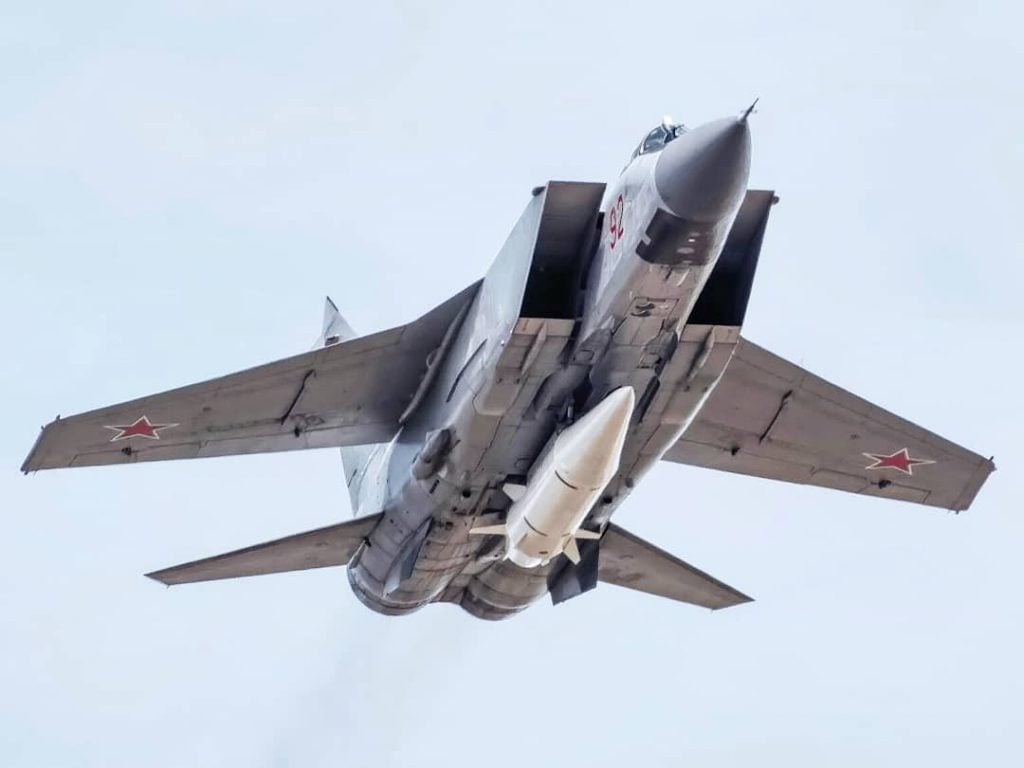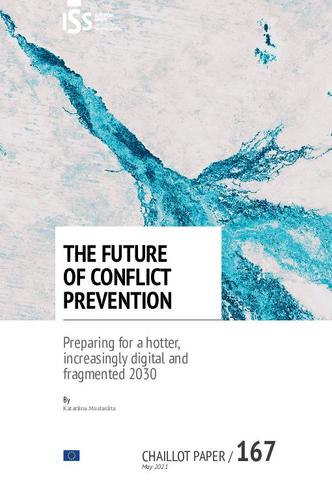Paul Vicars
Neil C. Renic’s Asymmetric Killing is a thoughtful, if imperfect, assessment of the morality of riskless war. Within the skeptical academic discourse surrounding unmanned aerial vehicles (UAVs), authors either deflate the virtue of the men and women who employ such weapons, inflate the influence of technology on the operator or decision-maker, or conflate asymmetry and moral wrongness. Renic grapples, to some degree, with each of these aspects of the topic using a systematic, historical, and balanced method. Yet, he is unable to avoid the latter two errors. The following review provides an overview of Renic’s argument, and assesses its strengths and weaknesses.
Renic argues that the radical asymmetry of risk in UAV-only warfare challenges the coherence of moral justifications for fighting. In supporting this argument, he first characterizes the two tools of ethical and moral measurement he intends to use—the warrior ethos, and the just war tradition.[1] He then uses these insights to assess the introduction and acceptance of two previous asymmetric military advances—sniping and manned aerial bombing.[2] Next, he contrasts these advances with the newest form of asymmetry, UAVs, while also assessing this mode of warfare using the tools described earlier.[3] By the ethical measure of the warrior ethos, he concludes that UAVs are experiencing an ongoing, if gradual, acceptance, which has been the case for all asymmetric advances in history. However, when judged by the moral standard of just war, the exclusive use of such technology strains the coherence of the just war rules. This is because these rules are based on an assumption of “structural reciprocal risk.”[4] This latter conclusion is worthy of more detailed explanation.

















